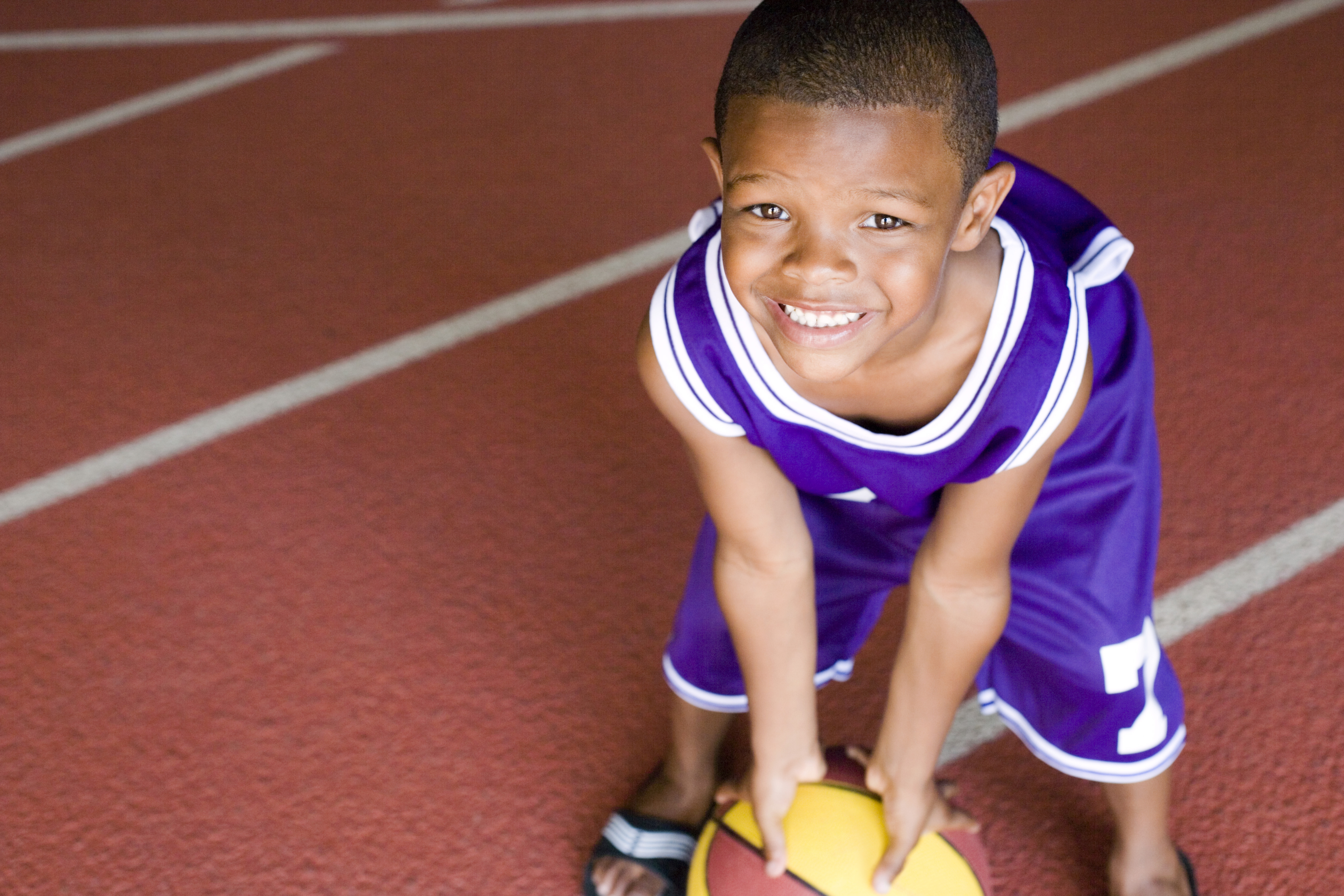Dr. Keith Heier is a board-certified orthopedic surgeon specializing in non-operative and operative conditions of the foot and ankle. In addition to working on the surgical team at Texas Health Center for Diagnostics and Surgery Plano, Dr. Heier currently serves as the Foot and Ankle Orthopedic Specialist for FC Dallas of Major League Soccer as well as the team physician for Hebron High School. He recently shared some thoughts about young athletes and foot and ankle issues.
What are the most common foot/ankle injuries you see in young athletes?
By far the most common are ankle sprains, which result from the stretching or tearing of ligaments--the tissue that connects bone to bone--specifically the fibula to the talus for the main ankle ligament. This is different from a strain, which is the stretching or tearing of muscle or tendon. Less common are fractures, which is an actual break in the bone. Stress fractures occur in teens and the elderly.
How can young athletes help prevent foot/ankle injuries?
One of the most important considerations for training to help prevent foot and ankle injuries is a focus on balance exercises, which help strengthen and protect the entire structure of the foot and lower leg. Balance activities include standing on one or both legs, and can be made more complex by closing your eyes or bouncing a ball off the wall while standing on one leg. Other devices such as a foam pad, BAPS board, or a BosuR ball can be used to enhance the exercise experience. Stretching the Achilles tendon before any activity is also critical.
It is important also to do a variety of conditioning and training exercises (i.e., cross training) so that all muscle groups are used and strengthened. A good regimen should include cardiovascular work and, if old enough and properly instructed, weight training of both upper and lower body. It is also important to maintain activity throughout the year so you aren't starting from scratch at the beginning of a season. Sudden increases in activity can cause stress fractures, and being overly exhausted can result in poor form while running, thus contributing to sprains and strains as well as stress fractures.
Like a carpenter needing a quality saw, athletes need good "tools," and for all athletes one of their most important tools is a good pair of shoes. Shoes must fit properly, provide ample support, and not be too worn. Such considerations as foot supination (rolling to the outside edge of the foot) versus pronation (rolling to the inside edge of the foot), and heel-toe versus toe-heel striking can impact the type of shoe needed. Most young athletes do not need custom orthotics, but pre-made over the counter orthotics can be beneficial for athletes with low or high arches. Ankle bracing is usually not recommended for prophylactic use, but should be used for athletes who are recovering from recent sprains, or who have chronic instability from loose ligaments.
In the event an injury happens, what are some important considerations for treatment and rehabilitation?

R.I.C.E. (Rest, Ice, Compression & Elevation) is the old standby and a good best practice. Rest involves simply taking a break from the activity and advancing to more activity and weight bearing as tolerated. Ice should be applied to the injury as soon as possible to prevent swelling. Ice should be applied for short periods of time (10 to 15 minutes per hour) for two to three days after injury. Use a towel or wrap so that the ice is not directly on the skin. Heat can also be used after initial treatment with ice. Compression is the use of an Ace bandage or brace for two to three days to help reduce swelling and stabilize the foot. Elevation involves keeping the foot raised on pillows when sitting or lying down, or when icing, to help minimize swelling.
After a few days, the swelling and soreness from a sprain or strain should decrease. If not, it is likely a sign that you have suffered a more significant injury and should consult a doctor for examination. Take it slow when reintroducing physical activity after injury and pay special attention to stretching and balance exercises. A return to full activity should be based on reaching milestones, i.e., initial treatment, walk without pain, run without pain, advanced balance and cutting drills, and finally full-contact practice with minimal or no pain.
Bracing may be required for a time to keep the foot and ankle stabilized and prevent additional injury.
